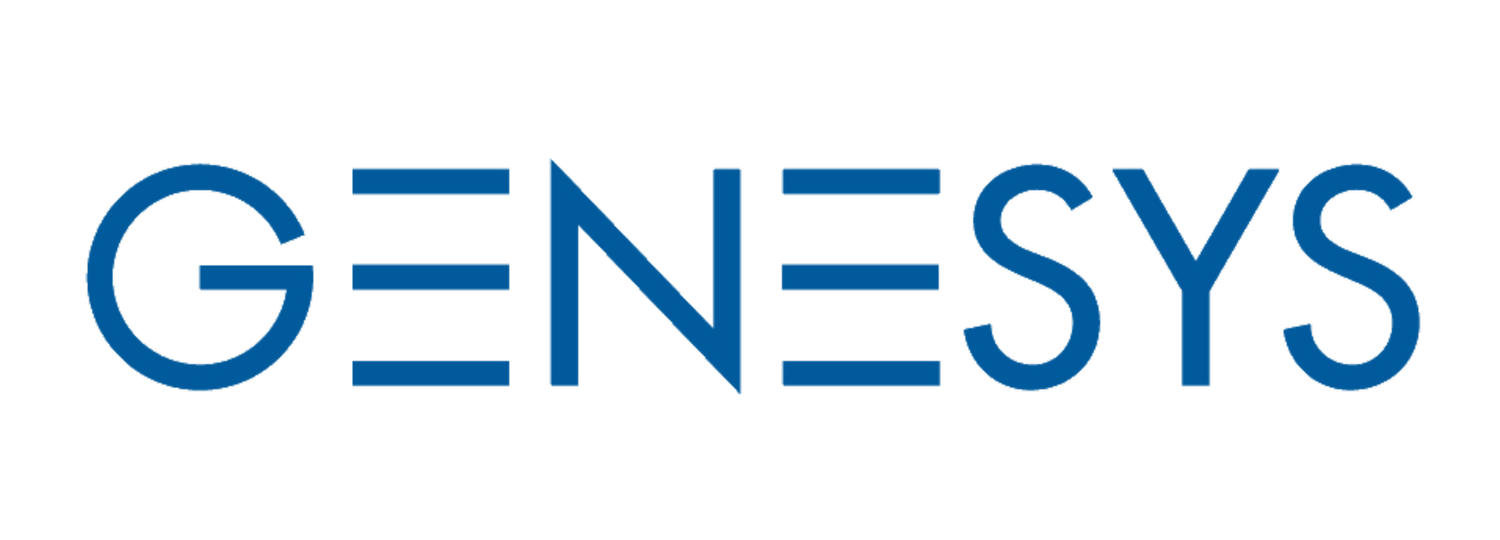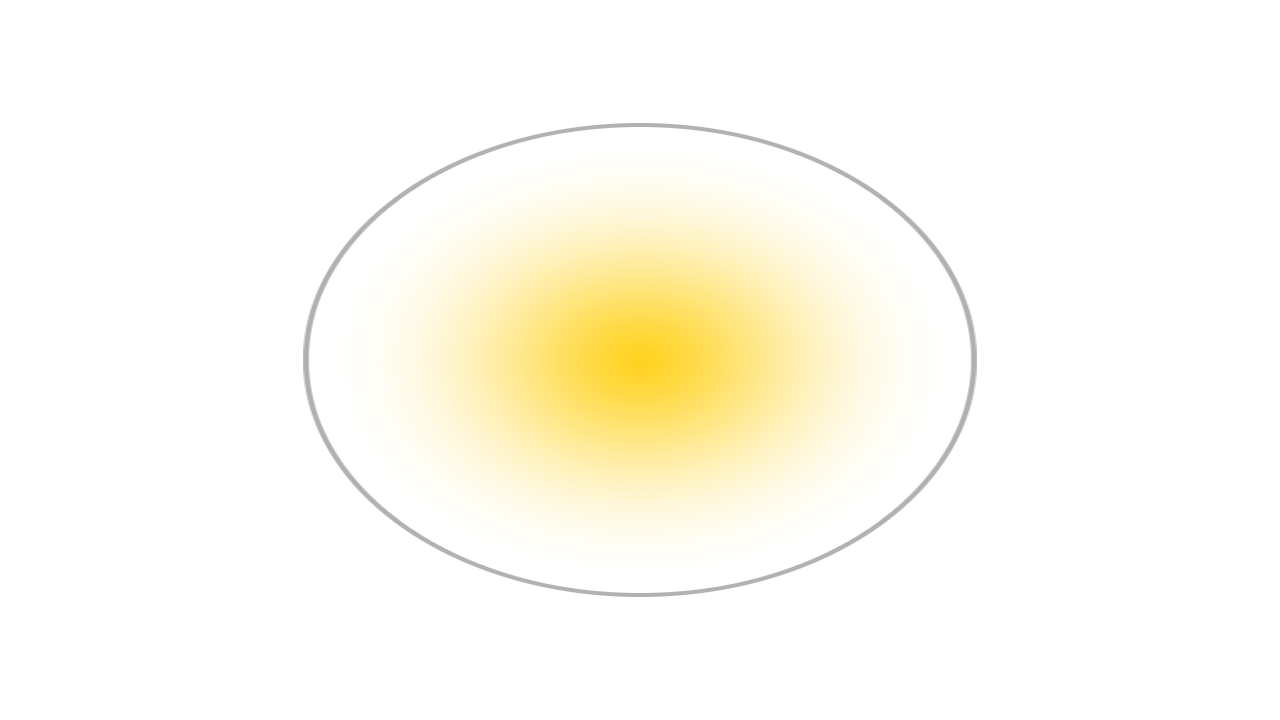Real-Time Rendering : 3D Gaussian Splatting
The world of 3D graphics is constantly evolving, and recent advancements in Radiance Field methods have taken visualization synthesis to new heights. But what if you crave real-time rendering without the hefty computational cost of training complex neural networks? Enter 3D Gaussian Splatting, a technique poised to revolutionize the way we render scenes in real time.
Gaussian Splatting isn't entirely new. Its roots trace back to the 90s in the scientific field. However, its recent application to real-time scene visualization, presented at SIGGRAPH 2023, has brought this powerful technique back into the spotlight.
Gaussians Backend
At its 3D Gaussian Splatting is a rasterization technique. Imagine a vast number of tiny particles (millions, to be exact) scattered throughout the 3D space. These aren't your average particles, though. Each one is a 3D Gaussian, defined by:
Position: Where it resides in the 3D world (X, Y, Z coordinates)
Covariance: How it stretches and scales (represented by a 3x3 matrix)
Color: Its RGB value
Alpha: It’s level of transparency
It is, therefore, analogous to triangle rasterization in computer graphics, which is used to draw many triangles on the screen. However, instead of drawing triangles, they are Gaussian. Therefore, it is described by the following parameters given above.
So, how does 3D Gaussian Splatting translate captured data into real-time visuals? The process involves several key steps:
Structure from Motion (SfM): We begin by using SfM, a technique that extracts a point cloud (a set of 3D points) from a collection of images. This point cloud serves as the foundation for our scene.
Converting to Gaussians: Each point in the cloud is transformed into a 3D Gaussian, laying the groundwork for rasterization.
Training the Splats: To achieve high-quality results, these Gaussians need some training. Here, a process similar to training neural networks (Stochastic Gradient Descent) comes into play.
Rendering the Scene: Once trained, the Gaussians are efficiently rendered onto the screen using a technique called "differentiable Gaussian rasterization." This involves projecting them from the camera's perspective, sorting them by depth, and meticulously combining them to create the final image.
3D Reconstruction Techniques Comparison
| Feature | NeRF | Gaussian Splatting | Drone Photogrammetry |
|---|---|---|---|
| Accuracy | Excels in capturing fine details and intricate spatial structures | Provides accurate visualizations, smooth transitions | Offers high measurement accuracy for real-world topography and structures |
| Computational Requirements | High computational resources for training and inference (limits real-time) | Careful parameter selection can impact real-time performance | Processing large drone datasets can be demanding |
| Flexibility | Adaptable to dynamic and non-rigid scenes | Versatile for integrating diverse data (may struggle with dynamic scenes) | Adaptable to various geospatial scenarios and environments |
| Strengths |
|
|
|
| Weaknesses |
|
May require parameter tuning for optimal results | Not ideal for capturing dynamic scenes |
| Data Input | Images | Images (can potentially use point clouds) | Drone captured images |
| Applications |
|
|
|

The Splatting advantage
Traditional photometry techniques, while useful for object scanning, struggle with scenes lacking clear contours or fine details. Additionally, they might falter when dealing with reflections or transparent elements.
NeRF (Neural Radiance Fields) emerged as a solution, offering superior rendering for open scenes and intricate surfaces. However, NeRF relies on powerful hardware for real-time rendering. Check our blog on the NeRF to know more about it.3D Gaussian Splatting presents a compelling alternative. While it utilizes machine learning for training, the actual rendering process is significantly faster, making real-time experiences a reality.
Industry Applications
The real-time rendering capabilities of 3D Gaussian Splatting open doors for various industries:
Virtual Reality (VR) and Augmented Reality (AR): The ability to render realistic and dynamic scenes in real-time is crucial for immersive VR and AR experiences. 3D Gaussian Splatting's speed makes it ideal for creating these immersive environments without sacrificing visual quality.
Game Development: Real-time rendering allows for dynamic lighting, shadows, and weather effects, enhancing the visual appeal and realism of games. 3D Gaussian Splatting can streamline this process, potentially leading to more visually stunning and immersive games.
Architecture and Design: Creating realistic 3D models of buildings and interiors is essential for architects and designers. 3D Gaussian Splatting can facilitate rapid visualization of design concepts, allowing for faster iteration and decision-making.
Autonomous Vehicles (ADAS): 3D Gaussian Splatting has the potential to be used in ADAS systems for real-time scene understanding. By efficiently rendering the environment surrounding the vehicle, the system could potentially improve object detection and tracking, contributing to safer autonomous driving.
Geospatial: 3D Gaussian Splatting also holds tremendous potential in Geographic Information Systems by offering real-time rendering capabilities for spatial data visualization. Traditional GIS techniques often struggle to provide dynamic and visually appealing representations of geographic data, especially when it comes to complex and detailed scenes. By leveraging the speed and efficiency of 3D Gaussian Splatting, GIS applications can now produce highly detailed and interactive visualizations of geographical landscapes, urban environments, and infrastructure. This can be particularly valuable in urban planning, environmental monitoring, and disaster management, where accurate and real-time representation of spatial data is crucial for decision-making.
While 3D Gaussian Splatting holds immense promise, some areas require further exploration. These include animation capabilities, mitigating visual artifacts, and collision management, which might necessitate an associated geometric model. Despite these considerations, the future of 3D Gaussian Splatting appears bright. We can expect to see it seamlessly integrated into production environments, paving the future for us.
-By Shikhar Jaiswal and Sameer Sankhe




